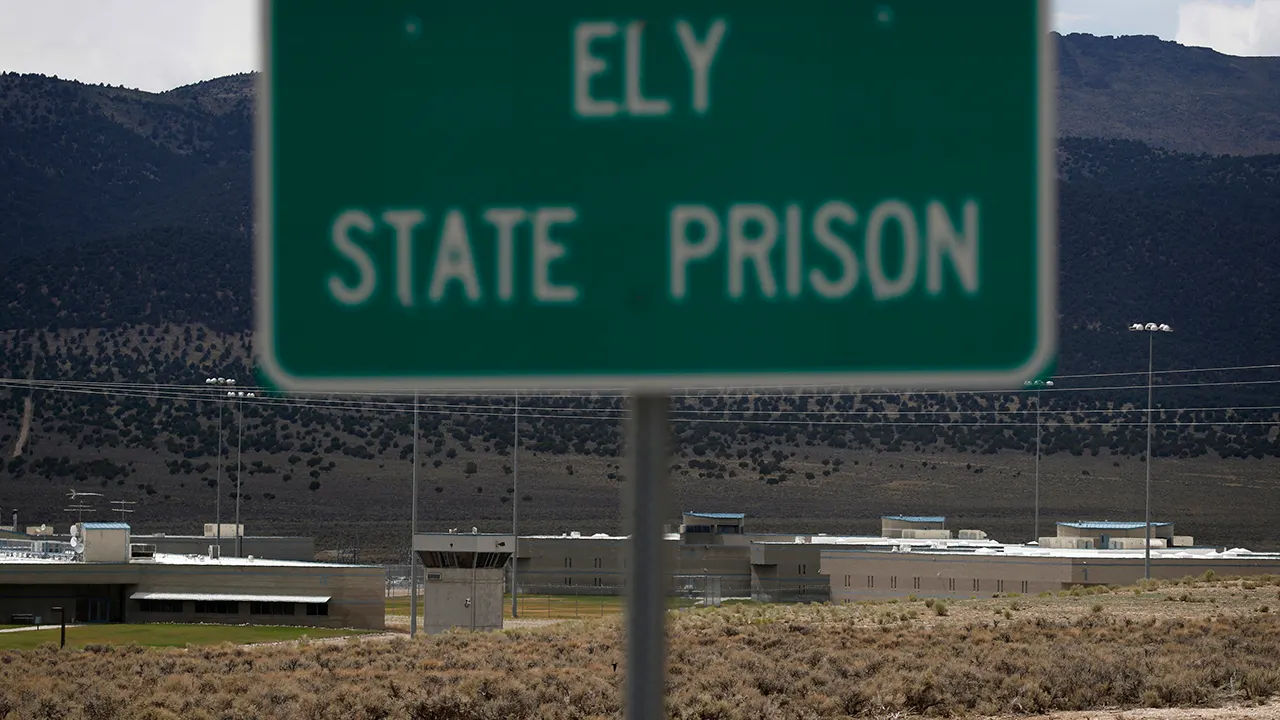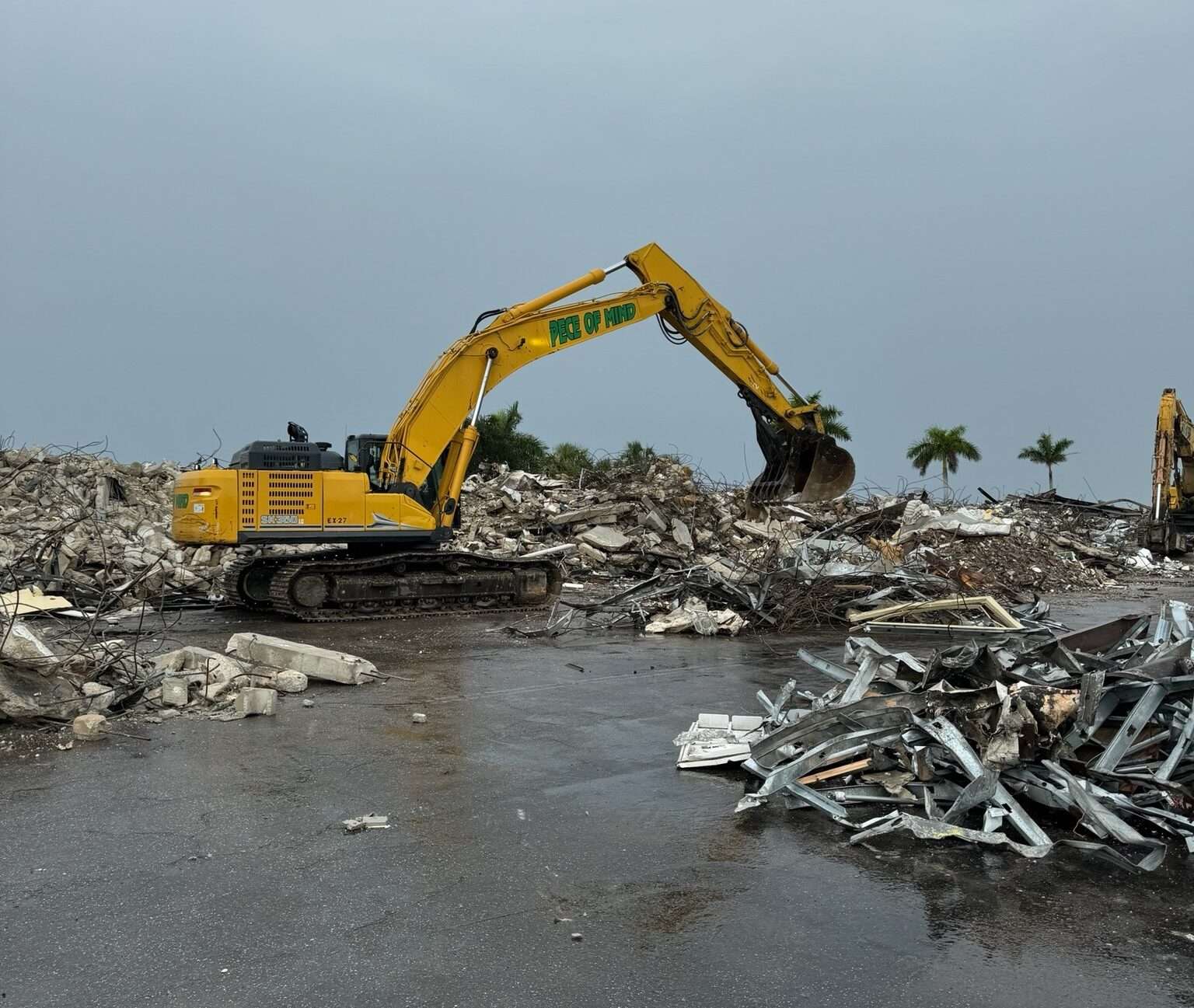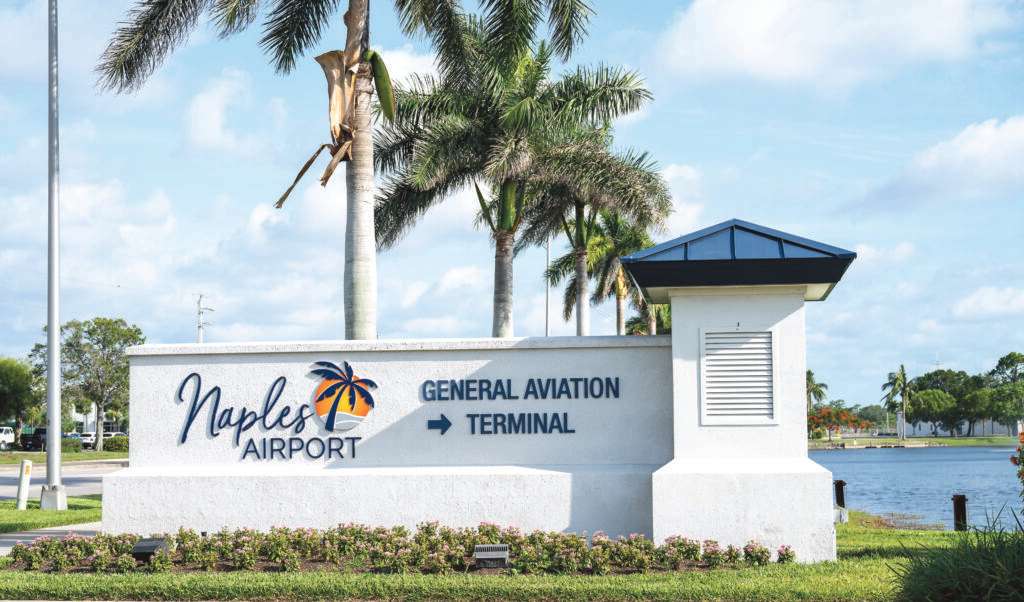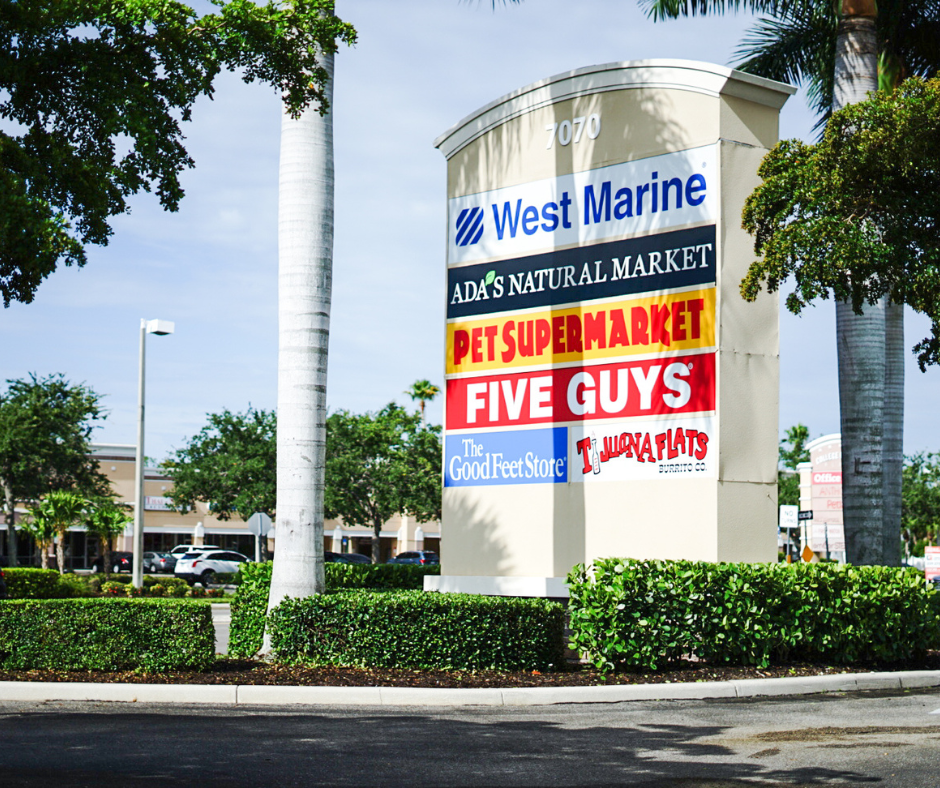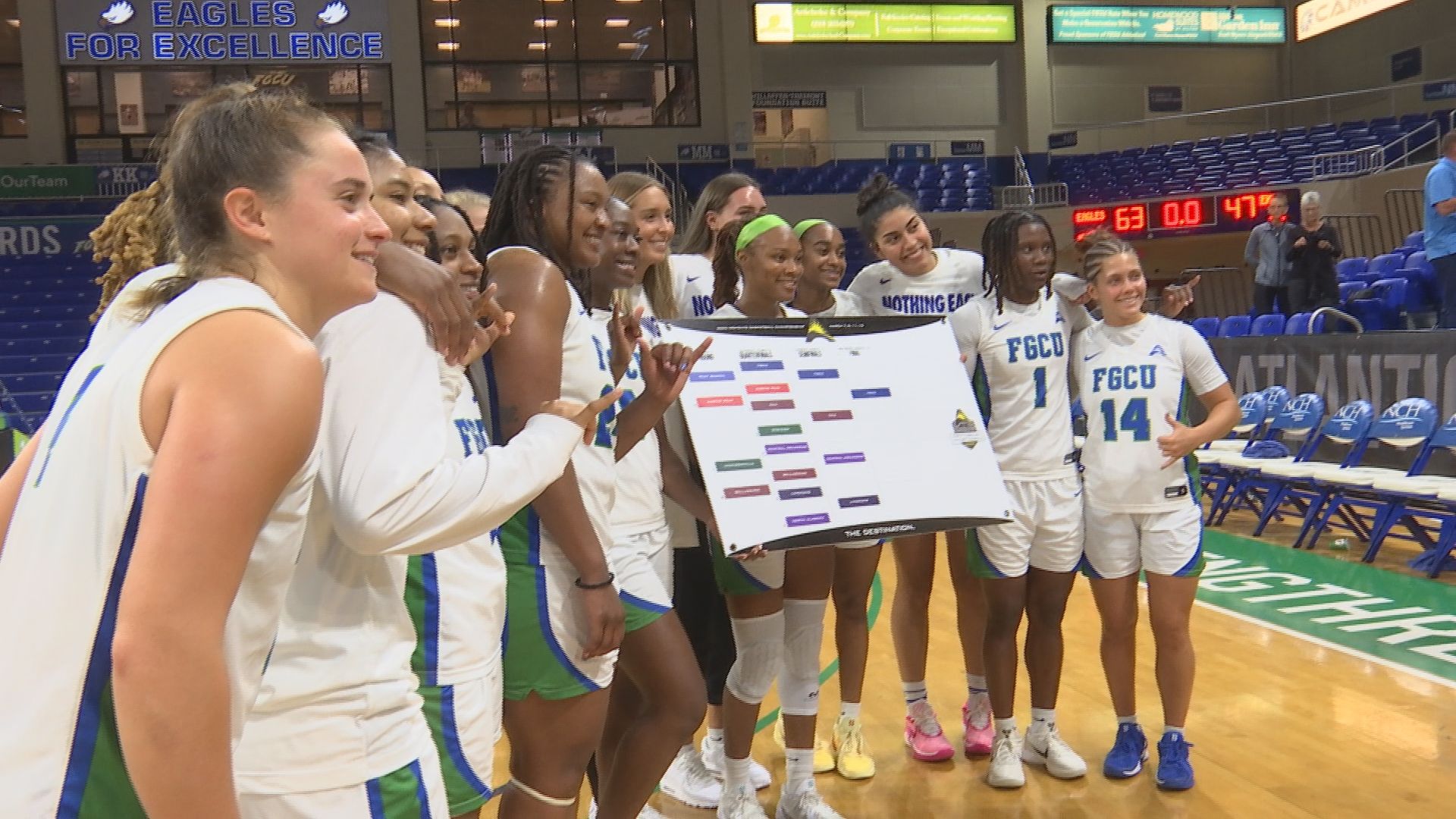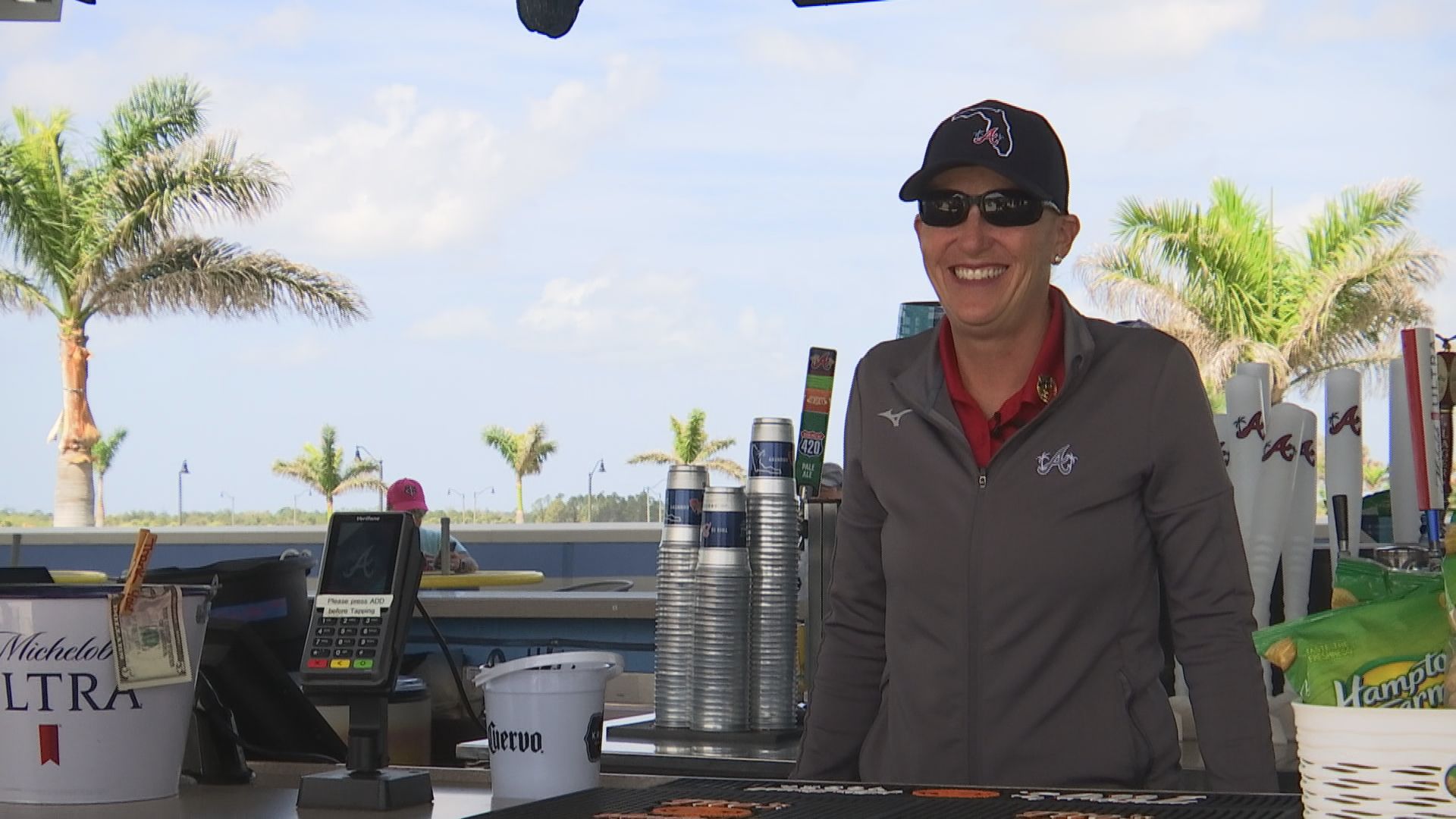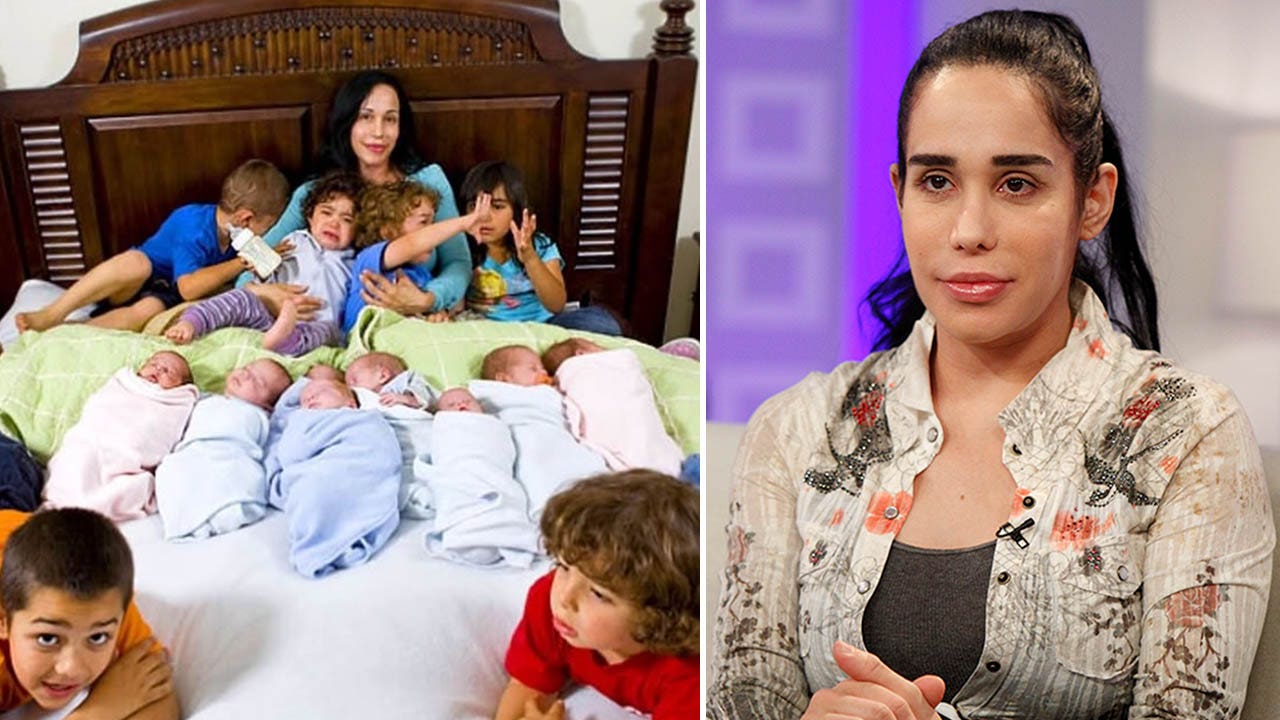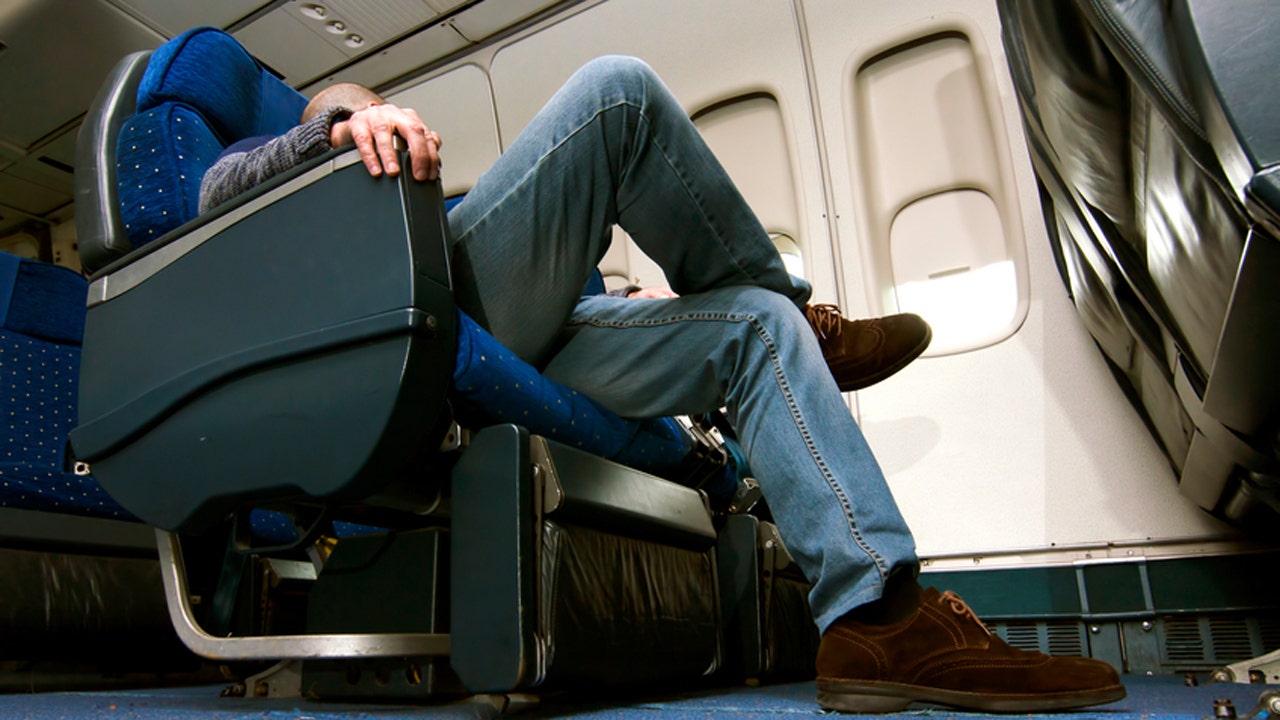$4 Million Foundation Transports DeSoto Students to Premier Charlotte Catholic School
St. Charles Catholic School stands as a beacon of hope and opportunity, fueled by a $4 million foundation dedicated to uplifting the educational journeys of DeSoto County students. This initiative, born from the vision of the late Dr. Sergio Cruz, is more than just a scholarship; it represents transformative change for low-income Hispanic families residing in the Arcadia area. Over 70 students now savor the privilege of a full-ride education at this esteemed institution, benefitting from the generosity that has opened doors previously closed to them.
The late Dr. Cruz’s legacy, embodied in the Consuelo Cruz Scholarship Fund named after his mother, shines brightly as it channels financial resources to meaningful ends. Families, once burdened by the weight of educational costs, now see a path forward, one that includes free transportation spanning an hour to the Port Charlotte school. This opportunity not only paves the way for academic achievement but also fosters a sense of belonging and community among those who might have otherwise felt isolated by circumstance.
Michael Morse, the executive director of the Catholic Community Foundation, states, “This scholarship will go on in perpetuity,” highlighting how Dr. Cruz’s vision continues to resonate through the lives of these young students.

Father John Fitch
Father John Fitch, who oversees St. Charles Borromeo Catholic Church, speaks fondly of this initiative. Reflecting on how the foundation was established, he recalls, “A couple of years prior to the outbreak of COVID, St. Charles School became the beneficiary of a $4 million endowment.” This financial cushion was created specifically to serve low-income Hispanic students, illustrating a direct response to the needs in the local community.
Yet, the school soon faced a challenge: identifying a sufficient number of qualified students within the DeSoto area.
During a meeting with fellow clergy, inspiration sparked in Fitch’s mind as he noticed Father Luis Pacheco, recently appointed at St. Paul’s Catholic Church in Arcadia. Recognizing the potential among Pacheco’s congregation, Fitch extended a proposal: if Pacheco could rally at least ten interested students, St. Charles would not only guarantee them scholarships but also transportation.
The impact of this conversation rippled through the community, ultimately enrolling 30 students in the inaugural year of the Arcadia Initiative—a number that has since increased significantly. Last year, 52 students made the journey, and this year, that figure swelled to 71, prompting considerations for additional transportation solutions.
In contrast to the harsh realities of DeSoto County—an area characterized by lacking public education resources—the St. Charles experience offers a sanctuary for learning. The statistics don’t lie; many public schools in the area struggle, often sitting at the bottom of the state rankings. Yet, within the walls of St. Charles, students find a rigor-filled curriculum, comprehensive support, and a culture of high expectations.
As a reminder of the importance of community effort, both Fitch and Pacheco herald the initiative as a cathartic blend of spiritual calling and educational opportunity. Pacheco emphasizes the dreams of migrant families whose children are able to attend a school like St. Charles Borromeo, stating, “This is about opening doors to fulfill a very American dream, which is to go to college.”

St. Charles student
For families of these scholarship recipients, the shared vision of a brighter future fosters exhilaration and hope. Parents express gratitude, cherishing the safety and the enriching environment provided by the school, affirming their beliefs in the potential of their children.
Fitch admits, “Nothing has made me prouder as a priest than being part of The Arcadia Initiative.” He is quick to point out the stark contrast their efforts have created in a region often overshadowed by educational inadequacies.
Ultimately, what resonates most is the unyielding desire for progress, the aspiration for betterment, and the undeniable joy found in learning. The laughter of students, clad in uniforms that symbolize equality, underscores this sentiment, creating a community that looks beyond socioeconomic barriers to a shared future.
Together, these individuals represent a tapestry woven with hope, resilience, and an undeterred commitment—a powerful reminder that no dream is too distant when accompanied by opportunity and collective action. The American dream, indeed, flourishes in the heart of those eager to rise above their challenges, illustrating that education is truly a gateway to empowerment.


